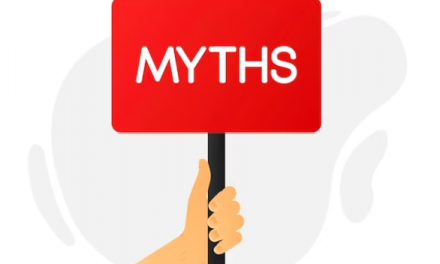Prefer to listen? Check out my podcast here!
As blogged previously, finerenone (brand name Kerendia) is a nonsteroidal mineralocorticoid receptor antagonist (MRA), which is approved for use in people with type 2 diabetes and chronic kidney disease for protection of kidneys and reduction in risk of cardiovascular events.
Older steroidal MRAs spironolactone and eplerenone have proven benefit for heart failure with reduced ejection fraction (HFrEF), but have not clearly shown benefit in people with heart failure with preserved ejection fraction (HFpEF – more on HFrEF vs HFpEF here). A study has now been done to look at the efficacy of finerenone in people with HFpEF.
In the FINEARTS-HF randomized controlled trial, 6001 people with heart failure and a left ventricular ejection fraction of at least 40% were randomized to receive finerenone vs placebo, in addition to usual therapy. About 40% of participants had type 2 diabetes, systolic blood pressure at baseline was 129mmHg, 14% were taking SGLT2 inhibitors at baseline, and less than 3% were taking GLP1 receptor agonists. The maximum doses of finerenone were 20mg or 40mg, depending on kidney function (note – the doses for kidney and cardiovascular event protection currently used in practice are 10mg or 20mg). The primary outcome was a composite of worsening heart failure events (first or recurrent unplanned hospitalization or urgent visit for heart failure) and death from cardiovascular causes.
Over a median of 32 months of follow-up, the primary outcome was reduced by 16% with finerenone compared to placebo, driven by an 18% reduction in heart failure events. The Kansas City Cardiomyopathy Questionnaire clinical summary score (KCCQ-CSS, a questionnaire that measures symptoms, physical and social limitations, and quality of life in people with heart failure) was reduced by -1.6 points more with finerenone than with placebo. The primary outcome benefit was similar in those on SGLT2 inhibitor as in those not on SGLT2 inhibitor.
In terms of safety and tolerability, just over 20% of people in both groups stopped treatment. While the reasons for stopping treatment are not described in the paper nor the supplement, increases in serum creatinine were more common with finerenone than placebo. Detailed data are not available, though it is noted that the proportion of people developing a serum creatinine above 3 mg/dL (265 umol/L) was low at 2% vs 1.2% respectively. Increases in serum potassium were more common with finerenone than with placebo – again detailed data are not available, but it was noted that potassium levels greater than 6 mmol/L (a level needing urgent attention) occurred in few patients (3% vs 1.4% respectively). Mean systolic blood pressure was lower in the finerenone group than the placebo group (difference -3.4mmHg). Nineteen percent of people in the finerenone group had systolic BP below 100, vs 12.7% with placebo. Interestingly, data presented this week at the European Association for the Study of Diabetes meeting suggested that amongst people without diabetes at baseline, people in the finerenone group were about 25% less likely to develop diabetes during the study than people in the placebo group, regardless of whether or not SGLT2i was initiated during the study.
As SGLT2 inhibitors are the only medications currently guideline recommended to reduce heart failure events in people with HFpEF, the benefit of finerenone in this patient population is welcome. Indeed, the future looks bright for expansion of the HFpEF treatment armamentarium. A pooled analysis of several semaglutide (Wegovy/Ozempic) trials has demostrated a reduction in heart failure events, with dedicated studies of semaglutide 2.4mg (Wegovy) showing improvement in symptoms in people with HFpEF as (blogged here and here). It has also been announced that tirzepatide shows benefit in people with HFpEF, with the full data eagerly awaited.
Disclaimer: I receive honoraria as a continuing medical education speaker and consultant from the makers of finerenone (Bayer), semaglutide (Novo Nordisk), and tirzepatide (Eli Lilly). I am/have been an investigator in clinical trials of semaglutide and tirzepatide.
Share this blog post using your favorite social media link below!
Follow me on X/twitter! @drsuepedersen
Follow me on Instagram! drsue.ca
www.drsue.ca © 2024












